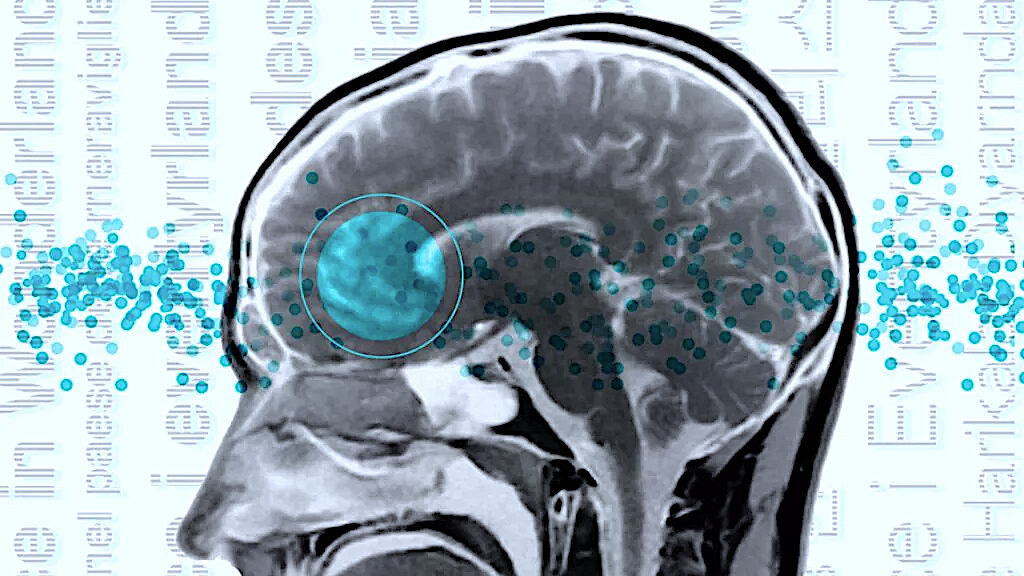
Senior author Evelina Fedorenko, an associate professor of neuroscience at MIT and a member of MIT's McGovern Institute for Brain Research, said in a statement:
"This study is very foundational, extending some findings from English to a broad range of languages. The hope is that now that we see that the basic properties seem to be general across languages, we can ask about potential differences between languages and language families in how they are implemented in the brain, and we can study phenomena that don't really exist in English."For example, speakers of "tonal" languages, such as Mandarin, convey different word meanings through shifts in their tone, or pitch; English isn't a tonal language, so it might be processed slightly differently in the brain.
The study, published Monday (July 18) in the journal Nature Neuroscience, included two native speakers of each language, who underwent brain scans as they performed various cognitive tasks. Specifically, the team scanned the participants' brains using a technique called functional magnetic resonance imaging (fMRI), which tracks the flow of oxygenated blood through the brain. Active brain cells require more energy and oxygen, so fMRI provides an indirect measure of brain cell activity.
During the fMRI scans, the participants listened to passages from Lewis Carroll's Alice's Adventures in Wonderland (better known as Alice in Wonderland) read in their native languages. In theory, all of the listeners should use the same language network to process stories read in their native tongues, the researchers hypothesized.
The participants also listened to several recordings that, theoretically, wouldn't activate this language network. For example, they listened to recordings in which the native speaker's words were distorted beyond recognition and to passages read by a speaker of an unfamiliar language. In addition to completing these language-related tests, the participants were asked to do math problems and perform memory tasks; like the incoherent recordings, neither the math nor the memory tests should activate the language network, the team theorized.
First author Saima Malik-Moraleda, a doctoral student in the Speech and Hearing Bioscience and Technology program at Harvard University, said in the statement:
"Language areas [of the brain] are selective. They shouldn't be responding during other tasks, such as a spatial working memory task, and that was what we found across the speakers of 45 languages that we tested."In native English speakers, the brain areas that activate during language processing appear mostly in the left hemisphere of the brain, primarily in the frontal lobe, located behind the forehead, and in the temporal lobe, located behind the ear. By constructing "maps" of brain activity from all their subjects, the researchers revealed that these same brain areas activated regardless of the language being heard.
The team did observe slight differences in brain activity among the individual speakers of different languages. However, the same, small degree of variation has also been seen among native English speakers.
These results aren't necessarily surprising, but they lay a critical foundation for future studies, the team wrote in their report.
"Although we expected this to be the case, this demonstration is an essential foundation for future systematic, in-depth and finer-grained cross-linguistic comparisons."
About the Author:
Nicoletta Lanese is a staff writer for Live Science covering health and medicine, along with an assortment of biology, animal, environment and climate stories. Her work has appeared in The Scientist Magazine, Science News, The San Jose Mercury News and Mongabay, among other outlets.



Reader Comments